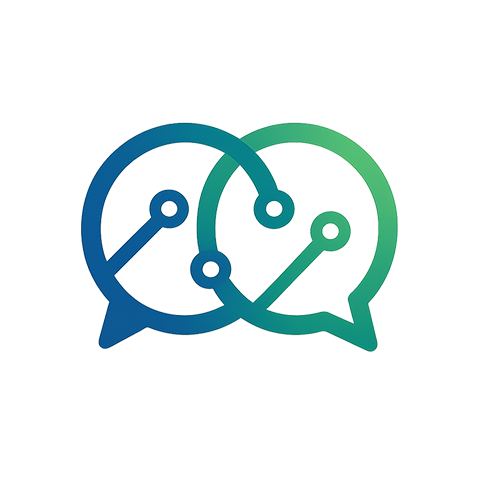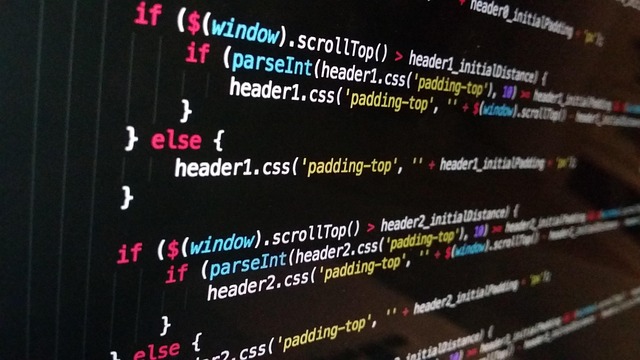Navigating Data Protection Risks: The Social Media Impact
In today’s fast-paced digital landscape, the integration of social media in our daily lives has transformed how we communicate, share, and engage with the world. However, this constant connectivity comes with significant data protection risks that can leave individuals and organizations vulnerable. Understanding these risks is crucial for anyone who uses social media, whether personally or professionally.
The Double-Edged Sword of Social Media
Social media platforms offer remarkable benefits: instant communication, networking opportunities, and access to a wealth of information. Yet, this power comes with an inherent danger. Every time we post a status update, share a photo, or comment on a friend’s post, we are creating digital footprints that can be exploited by cybercriminals.
For example, personal data shared on social media can lead to identity theft, phishing scams, and unauthorized access to sensitive information. As we indulge in the allure of likes and shares, we often overlook the implications of our online actions, making it easy for malicious actors to take advantage of our naivety.
Social Media Privacy Settings
One straightforward way to mitigate data protection risks is to leverage the privacy settings provided by social media platforms. These settings allow users to control who sees their content and how their personal information is shared. However, many users fail to adjust these settings, leaving themselves exposed to unnecessary risks.
Regularly reviewing and updating privacy settings can help safeguard personal data. It’s essential to customize who can view posts, send friend requests, and access profile information. Educating oneself on the platform’s features can be a powerful step towards better data protection.
The Role of Education and Awareness
Education is key in navigating the complexities of social media and understanding its data protection risks. Users must be informed about the dangers associated with oversharing and the potential consequences of their online actions. Engaging in discussions about data privacy, attending workshops, and following reliable sources of information can empower individuals to make informed decisions.
Organizations, too, have a responsibility to educate their employees about the risks associated with social media use. Establishing clear guidelines and policies can help mitigate vulnerabilities that could lead to data breaches or loss of confidential information.
Being Proactive Against Threats
As social media continues to evolve, so do the strategies employed by cybercriminals. Being proactive is essential in identifying potential threats and responding effectively. Regularly monitoring accounts for unusual activity, using strong, unique passwords, and enabling two-factor authentication are practical steps that can significantly reduce risk.
Moreover, awareness of current trends in cybersecurity, such as emerging phishing techniques or data harvesting methods, can arm users against evolving threats. Cybersecurity is an ongoing battle, and vigilance is the best defense.
The Emotional Toll of Data Breaches
Understanding the data protection risks associated with social media is not just about safeguarding information; it’s also about protecting one’s peace of mind. Data breaches can lead to feelings of vulnerability and mistrust. The emotional toll of having one’s personal information compromised can linger long after the initial incident, impacting relationships and self-esteem.
It’s vital to acknowledge that while technology can enhance our lives, it also requires us to be more diligent in protecting our data. By fostering a culture of awareness and responsibility, we can alleviate some of the anxiety associated with social media use.
In conclusion, navigating the risks of social media requires a combination of education, vigilance, and proactive measures. By understanding the potential threats and implementing strategies to protect against them, we can enjoy the benefits of these platforms while minimizing our exposure to harm.



